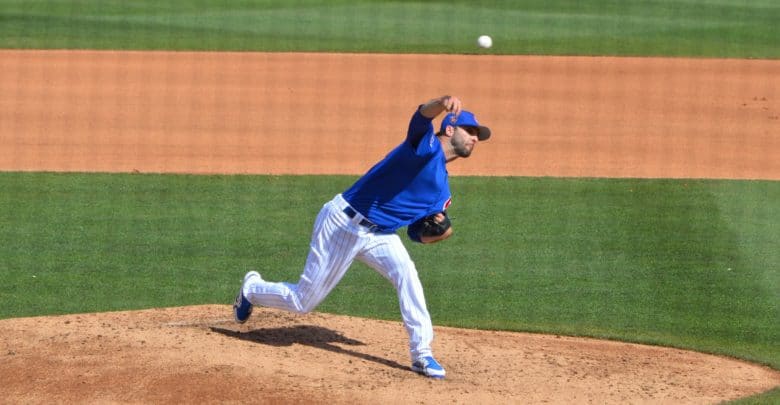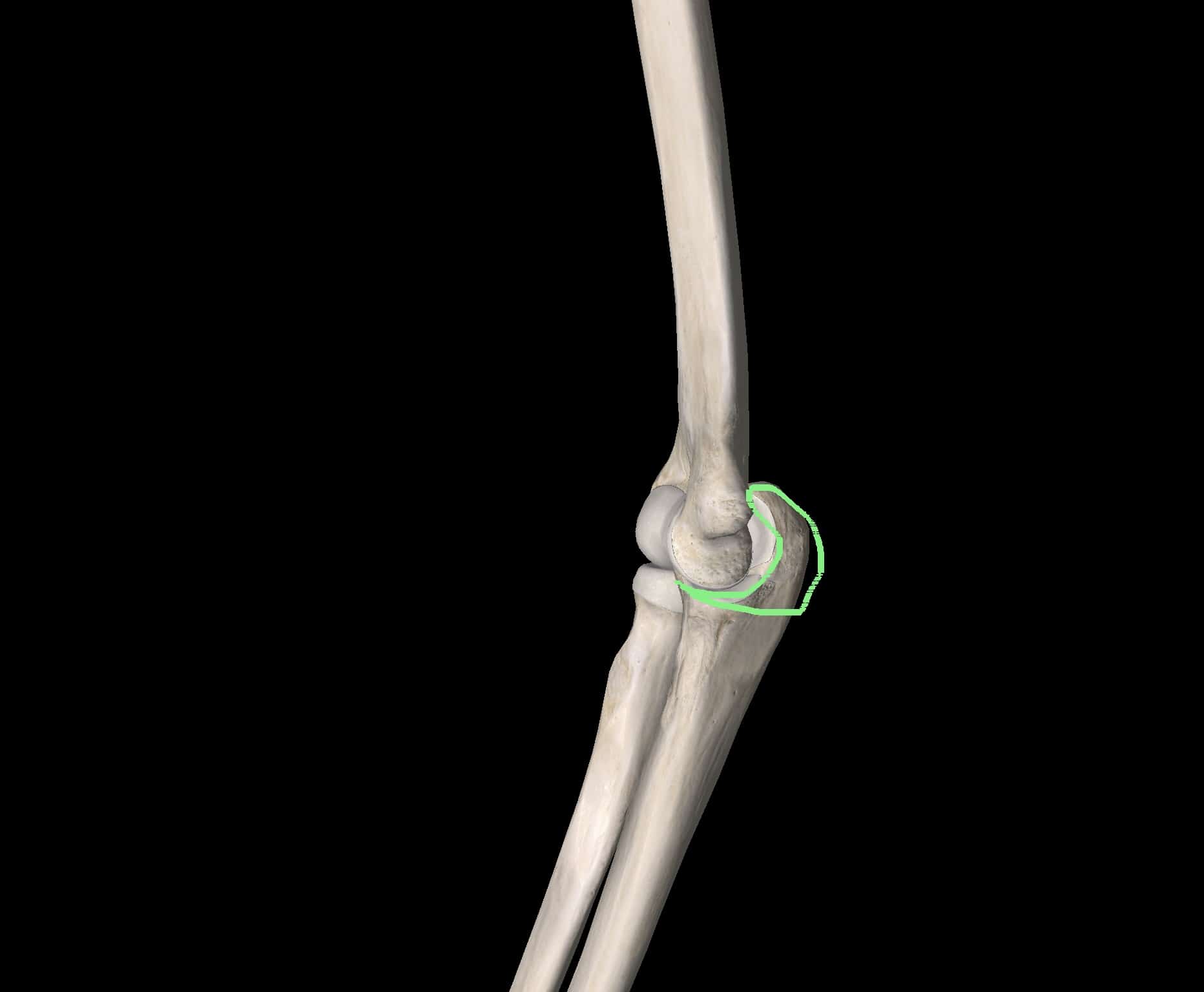
An Occupational Therapist Ponders Implications of Brandon Morrow’s Experimental Lubricant Injection
Earlier this week, Brandon Morrow received an injection of Synvisc-One in his elbow. As an occupational therapist, I often see patients who have had injections of Synvisc or other viscosupplements to manage pain. These lubricants are most often used to supplement the body’s natural lubricant, synovial fluid, in cases of osteoarthritis or other conditions which cause bone-on-bone grinding.
As far as we know, Morrow doesn’t have what would properly be called osteoarthritis. However, he did have a stress reaction that required offseason surgery similar to what Yu Darvish underwent. We don’t know exactly what the mechanism of that injury was, but a reasonably informed hypothesis suggests Morrow’s stress reaction was likely at his olecranon (basically the near end of the ulna, the bone on the pinkie side of your forearm), caused by repetitive grinding with the far end of the humerus.
It’s not unreasonable to wonder what kind of shape the structures within Morrow’s elbow are in at this point. Any number of things can happen with tendons, ligaments, and cushioning bursae after pitching in the majors through a number of injuries since 2007.

In that sense, you can see why the Cubs might approach Morrow with a treatment that’s commonly used for osteoarthritis, since both present similar mechanisms. These injections are not designed to fix any structural issues, since worn-down padding and ligaments cannot be repaired by additional lubrication. But the painful and functionally impactful effects of bone-on-bone contact can be temporarily mitigated.
Think of this injection as an Apollo 13 duct tape-style solution. It’s not designed to fix underlying problems, just to reduce pain for as long as possible to allow Morrow to return to the mound.
Here’s the interesting thing about Morrow’s Synvisc-One injection, though: It’s not actually FDA approved for use anywhere but the knee. Any other use is considered experimental. I’ve seen a couple of instances of it being used in the shoulder, but the vast majority of my exposure to these injections has been in the knee. That doesn’t mean that there’s any danger, only that we don’t have a ton of data to rely on to help us predict how he’ll respond.
Synvisc’s website notes that it provides up to six months of relief from pain. You can take that number with a grain of salt because it only references the knee, which is a totally different joint than the elbow. Studies on the effects of lubricating injections on the elbow have not been able to conclude effectiveness, but those don’t deal with pitching specifically.
The point of all this is that we really don’t know what this means for Morrow going forward. My informed speculation leads me to be skeptical of Morrow’s claim that there is “no structural damage.” Even if the stress reaction itself is fully healed, the underlying joint degradation that allowed repetitive bone-on-bone trauma in the first place is likely still present.
That has led to questions about when Morrow will pitch again, or whether he’ll be able to at all. Even Theo Epstein has placed that in the realm of hope rather than certainty.
‘‘I think he will, I think he’ll come back,’’ Epstein offered. ‘‘Obviously, there’s a risk. There’s a risk with his injury history and things that have happened even here. But we’re hopeful that he’ll help us.”
Images generated using 3D4Medical’s Essential Anatomy 5.

